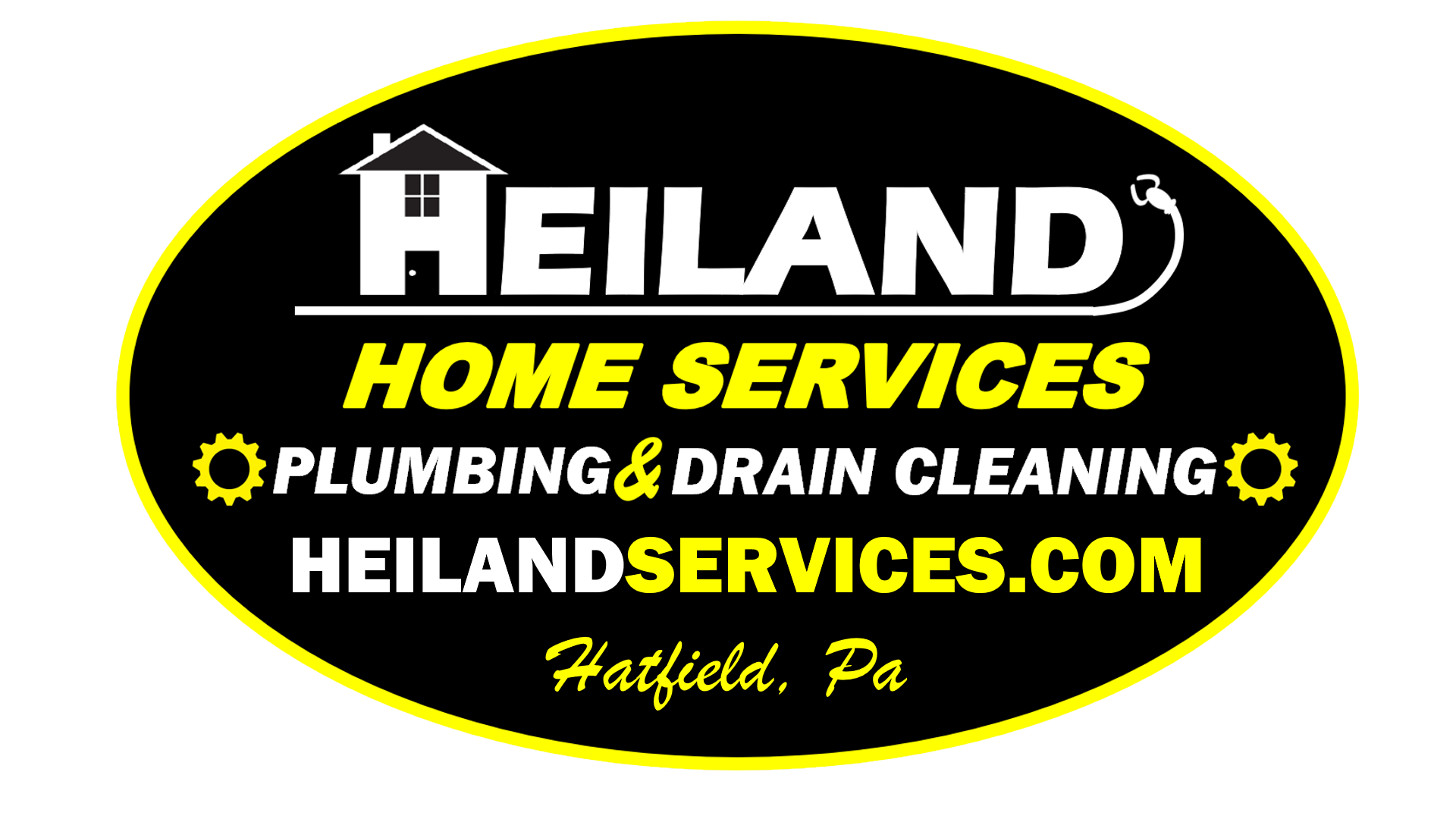We all remember that guy in junior high who thought he was such a comedian…
“Is your refrigerator running? Well, you’d better catch it!”
While he was convinced he was hilarious, the rest of us just rolled our eyes and ignored him.
Now you’re an adult, and if it’s your toilet that is constantly running… it’s no joke, and you’d better not ignore it!
Sure, it’s easy to write off the persistent sound of running water coming from your bathroom as nothing more than a minor annoyance, but the truth is you could be wasting upwards of HUNDREDS of gallons of water per day! What seems trivial is in reality causing those with public water to throw away money on their water bill, and overburdening the septic systems of anyone who doesn’t have the benefit of public sewer. But don’t worry! In a few easy steps, you may be able to fix or diagnose the problem… and if you do have a larger issue, Heiland Home Services is just a phone call away!
Start with these three tips:
1) Check the Float.
The float inside your toilet tank monitors the water level, rising and falling as the water level in your tank changes, shutting off the waterflow when it reaches the correct height. Issues with your float may be allowing the water to fill past the desired level, which causes water to feed into the overflow tube and continuously run into your toilet bowl. Hello high water bill! The first step to check if the float is working correctly is to lift up on the ball and see if the water stops running. If the sound of running water stops you’ve found the culprit! Now you’ll just need to find out why it isn’t working correctly. The first step is to check if the float is set to fill the tank to the correct water level. If the shutoff point is above where the water will escape into the overflow tube before the shutoff is triggered, the float is too high. Adjust the float height until the water flow stops at the fill level mark on the inside back of the tank. If this isn’t the problem, another potential issue is the water isn’t shutting off because the ball isn’t getting high enough to tell the system to stop the water flow. Check the ball for cracks (which could allow the ball to fill with water causing it to no longer float), and assure the float isn’t stuck rubbing on the side of the tank due to a bent or misaligned float arm. After replacement of a compromised float or adjustment of the float and arm, you may have solved your problem! If not, proceed to step 2.
2) Check the Chain.
You may be tempted to overlook the chain as the potential cause of your problem, after all, what could go wrong with a chain! Well, two things actually. If the chain is too long, it may prevent the flapper from closing, and if it is too short, it certainly won’t close at all. Both issues will allow water to continuously run as the water leaks into the bowl, which is the source of the pesky sound you have been hearing all along. Adjust the linkage in the chain, leaving only a slight bit of slack when the flapper is closed. Like Goldilocks and the three bears, you can’t have it too long or too short, we’re looking for just right. Do a few test flushes to assure you have the chain secured, and the chain is at optimal length. Cut off any excess chain to prevent having that extra tail catching or tangling any other components in the tank. If you’ve solved the problem, you’re good to go, if not, proceed to step 3.
3) Check the Flapper.
When you flush your toilet, the handle raises a lift arm which pulls the chain (which you’ve inspected in step 2) attached to the toilet flapper, allowing water to enter the toilet bowl until it has released a set amount of water necessary to empty the bowl. As the flapper returns back down, it will re-seal the tank… in theory. Sometimes, flappers age and decay, causing cracks or damage. First check that sediment or deposits have not built up on the lip of the flapper preventing a good seal. Clean the flapper gently with a sponge and run through a few test flushes to see if the problem has stopped. If the flapper is visibly damaged or worn, it will need replacement, which requires turning off water supply to the toilet, and installing a new unit. If you are relatively handy, flappers are available at most nearby hardware stores and include step-by-step instructions.
If the thought of undertaking this task on your own is giving you migraines, or you’ve run through these diagnostic steps and that pesky toilet is STILL giving you headaches, this is where we come in… call Heiland Home Services, we’re here to help! You may have a more involved situation that requires professional diagnosis and repair. A complete toilet replacement is rare, but may be necessary.
As with all your plumbing needs, you know who to trust… Heiland Home Services, “Bringing QUALITY back to the trades!”
(215)-990-7408
Heilandservices.com


